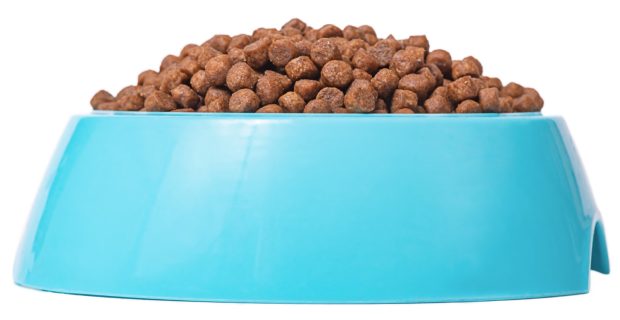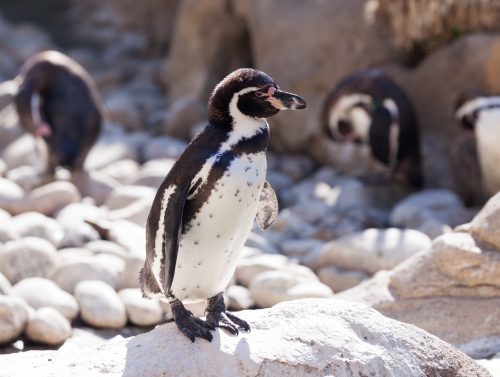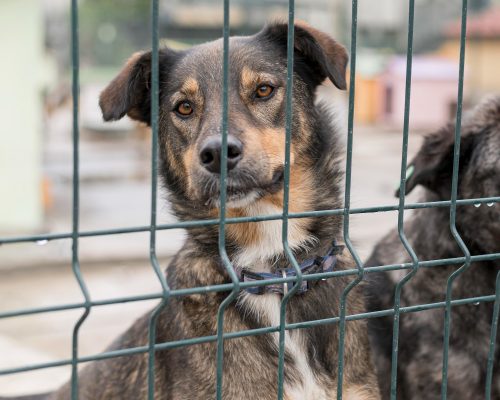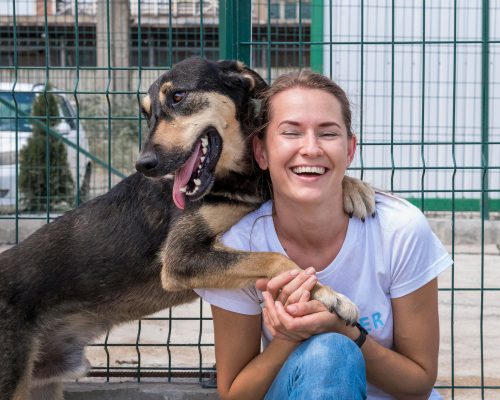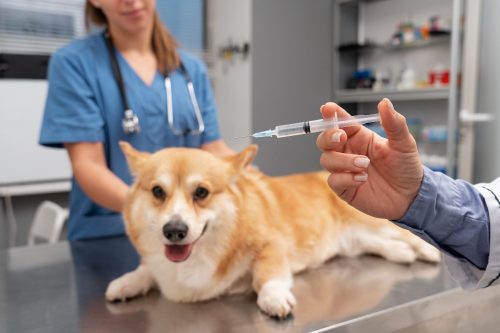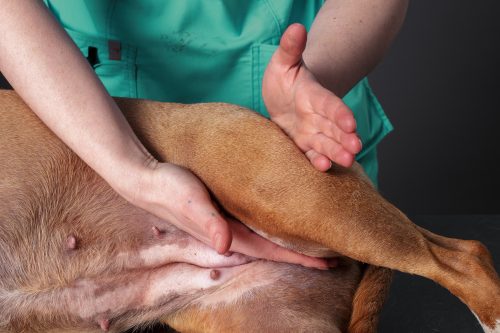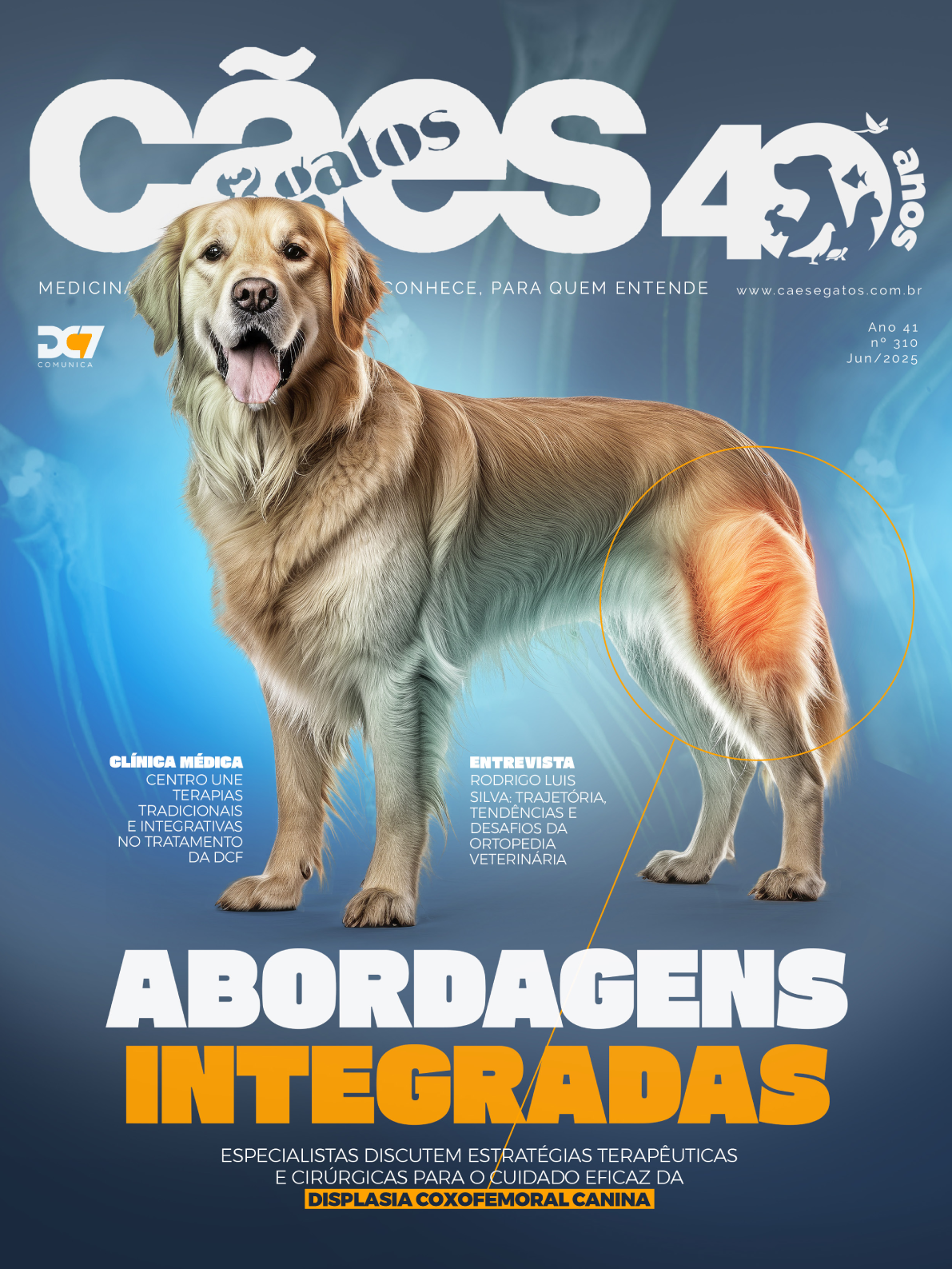O estresse oxidativo ocorre quando há um desequilíbrio entre a produção de espécies reativas de oxigênio (EROs), também conhecidas como radicais livres, e a capacidade do organismo em neutralizá-las a partir de antioxidantes(1). Quando produzidas em excesso, as EROs podem causar danos celulares irreversíveis
Referências
1. Zicker SC, Wedekind KJ, Jewell DE. Antioxidants in Veterinary Nutrition. Vol. 36, Veterinary Clinics of North America – Small Animal Practice. 2006. p. 1183–98.
2. Khera G. Oxidative Stress: Effects, Risk factors, Managing and Preventing [Internet]. 2019 [acesso em 13/03/2024]. Available from: https://www.scientificanimations.com/
3. Eaton S. The biochemical basis of antioxidant therapy in critical illness. Proceedings of the Nutrition Society. 2006 Aug;65(3):242–9.
4. Brown SA. Oxidative Stress and Chronic Kidney Disease. Vol. 38, Veterinary Clinics of North America – Small Animal Practice. 2008. p. 157–66.
5. Candellone A, Girolami F, Badino P, Jarriyawattanachaikul W, Odore R. Changes in the Oxidative Stress Status of Dogs Affected by Acute Enteropathies. Vet Sci. 2022 Jun 1;9(6).
6. Machado VS, Crivellenti LZ, Bottari NB, Tonin AA, Pelinson LP, Borin-Crivellenti S, et al. Oxidative stress and inflammatory response biomarkers in dogs with mammary carcinoma. Pathol Res Pract. 2015 Sep 1;211(9):677–81.
7. Rubio CP, Martínez-Subiela S, Hernández-Ruiz J, Tvarijonaviciute A, Cerón JJ, Allenspach K. Serum biomarkers of oxidative stress in dogs with idiopathic. The Veterinary Journal. 2017;221:56–61.
8. Antioxidants [Internet]. [acesso em 13/03/2024]. Immune Health Basics. Available from: https://immunehealthbasics.com/antioxidants-action/
9. Zaine L, Monti M, Vasconcellos RS, Carciofi AC. Nutracêuticos imunomoduladores com potencial uso clínico para cães e gatos. Semina:Ciencias Agrarias. 2014;35(4):2513–30.
10. Head E, Rofina J, Zicker SC. Oxidative Stress, Aging, and Central Nervous System Disease in the Canine Model of Human Brain Aging. Veterinary Clinics of North America: Small Animal Practice. 2008;38(1):167–78.
11. Head E, Zicker SC. Nutraceuticals, aging, and cognitive dysfunction. Vet Clin North Am Small Anim Pract. 2004;34:217–28.
12. Cotman CW, Head E, Muggenburg BA, Zicker SC, Milgram NW. Brain aging in the canine: a diet enriched in antioxidants reduces cognitive dysfunction. Neurobiol Aging. 2002;23(5):809–18.
13. Ruehl WW, Bruyette DS, DePaoli A, Cotman CW, Head E, Milgram NW, et al. Canine cognitive dysfunction as a model for human age-related cognitive decline, dementia and Alzheimer’s disease: clinical presentation, cognitive testing, pathology and response to 1-deprenyl therapy. Prog Brain Res. 1995;106:217–25.
14. Heaton PR, Reed CF, Mann SJ, Ransley R, Stevenson J, Charlton CJ, et al. Role of Dietary Antioxidants to Protect against DNA Damage in Adult Dogs. Journal of Nutrition. 2002;132(6):1720–4.
15. Liu Y, Li W, Guo M, Li C, Qiu C. Protective Role of Selenium Compounds on the Proliferation, Apoptosis, and Angiogenesis of a Canine Breast Cancer Cell Line. Biol Trace Elem Res. 2016 Jan 1;169(1):86–93.
16. Ren Z, Zhao Z, Wang Y, Huang K. Preparation of selenium/zinc-enriched probiotics and their effect on blood selenium and zinc concentrations, antioxidant capacities, and intestinal microflora in canine. Biol Trace Elem Res. 2011 Jun;141(1–3):170–83.
17. Waters DJ, Shen S, Glickman LT, Cooley DM, Bostwick DG, Qian J, et al. Prostate cancer risk and DNA damage: Translational significance of selenium supplementation in a canine model. Carcinogenesis. 2005 Jul;26(7):1256–62.
18. Debraekeleer J, Gross KL, Zicker SC. Feeding Mature Adult Dogs: Middle Aged and Older. In: Small Animal Clinical Nutrition. 5th ed. 2010. p. 273–9.
19. FEDIAF. Nutritional Guidelines For Complete and Complementary Pet Food for Cats and Dogs [Internet]. Bruxelles; 2021. 1–96 p. Available from: https://fediaf.org/
20. Gross GJ, Lockwood SF. Acute and chronic administration of disodium disuccinate astaxanthin (Cardax TM ) produces marked cardioprotection in dog hearts. Mol Cell Biochem. 2005;272:221–7.
21. Park JS, Mathison BD, Hayek MG, Massimino S, Reinhart GA, Chew BP. Astaxanthin stimulates cell-mediated and humoral immune responses in cats. Vet Immunol Immunopathol. 2011 Dec 15;144(3–4):455–61.
22. Chew BP, Mathison BD, Hayek MG, Massimino S, Reinhart GA, Park JS. Dietary astaxanthin enhances immune response in dogs. Vet Immunol Immunopathol. 2011 Apr 15;140(3–4):199–206.

